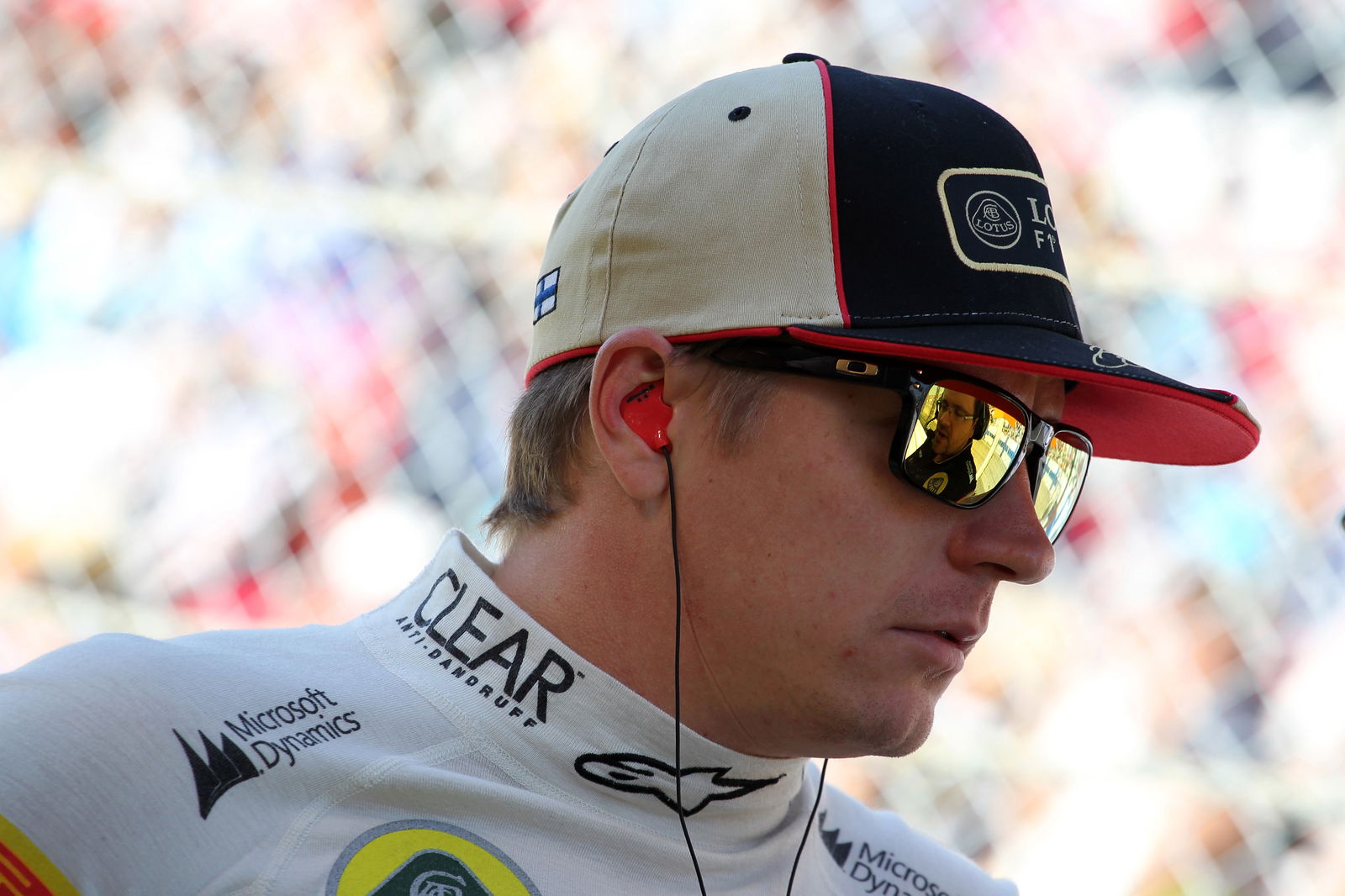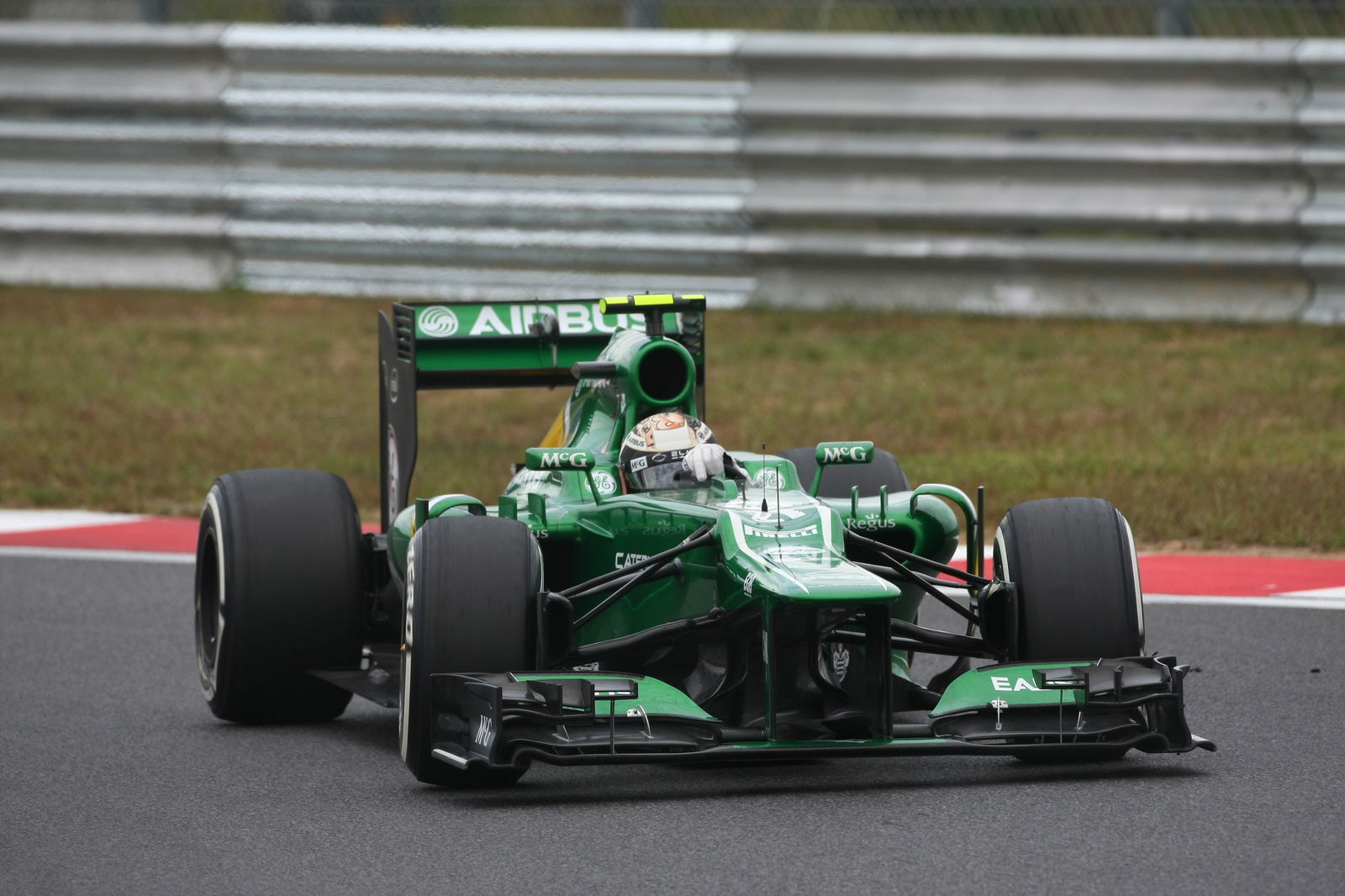Indian Grand Prix: Alan Permane, Lotus F1 - Q&A

Q:
What's the feeling after the Japanese Grand Prix?
Alan Permane:
There was a lot to be positive about after our performance at Suzuka. Romain had a fantastic day - leading for 26 laps and genuinely looking like he was in contention for the win for a portion of the race - whilst Kimi was able to demonstrate similar pace in clear air as he worked his way up the order superbly at a track where overtaking is a challenge. After strong performances in both Japan and Korea before it, we head to the next two races with good confidence.
Q:
What do you think of the Buddh International Circuit?
Alan Permane:
It's a good track with a mixture of challenges, but nothing particularly tricky. There's a steep uphill section into Turn 3 followed by a sizeable straight, a long banked right-hand corner and some quick changes of direction through Turns 5-9 and 13-14. It's a circuit where we expect the E21 to work well. Although we saw in Suzuka that we can compete on the harder tyres, our car generally favours the softer compounds making this a race where we're very much looking forward to continuing our run of strong recent performances.
Q:
Last year we struggled with a lack of grip and straight-line pace?
Alan Permane:
DRS overtakes are tricky at Buddh. There was a double DRS zone last year, but even though there's a long straight it's not the easiest place to overtake. That said, we've seen some reasonably good attacking moves in the last few races and the softer allocation should help with passing opportunities too when differing degradation levels from different cars are factored in.
Q:
How much difference should the revised tyre allocation make?
Alan Permane:
The change from hard and soft last year to medium and soft this year should make for quite a different race, where we saw one-stop strategies driven by the hard tyre allocation. Last year the performance gap between the tyres meant that everyone qualified on the soft and raced on the hard after a single stop. This year, the soft and medium compound open up the strategic permutations. With this season's tyres also being a step softer than last year's soft tyre, we have softer tyres to both qualify and race with. It could be a far more interesting race with strategy split between two and three stops.
Q:
How much are we still learning how to get the maximum performance out of the tyres; especially with the mid-season change to the construction?
Alan Permane:
Even without any change we'd still be discovering how to extract the best performance, as you never stop learning in this area. We certainly learnt more about the tyres in Suzuka where we made changes to the setup overnight between Friday and Saturday, and this is knowledge we take to India.
Q:
The relative performance order seems to have changed a little between the teams recently?
Alan Permane:
From our perspective there's no doubt that the long wheelbase car has benefitted our performance. It's difficult to put a figure on it with the fundamental change it has been, but it's an endorsement of all the simulator and modelling work we did in this area. We're qualifying better, racing better and we've been on the podium for the last three races at a variety of tracks from Singapore to Suzuka. These are about as different as you can get - one being a street circuit with super soft tyres, the other a very quick, flowing circuit on hard tyres - but it's clear that the E21 is working well on all variety of layouts. Add this to our increasing knowledge of the tyres, a few aerodynamic tweaks and both drivers being at the top of their game, and we're looking good.
Q:
Pit stops seem to be another area where the team has upped its game recently?
Alan Permane:
It's an on-going battle to make the pit stops as quick as possible, but also reliably so. This is something which every team spends a lot of time looking at and we've made progress in two areas; new equipment and a performance increase from the crew themselves. We have a relentless practice programme where we constantly evaluate procedures and the speed of the stops. The crew have been working hard at this so it's good to see it paying off.

